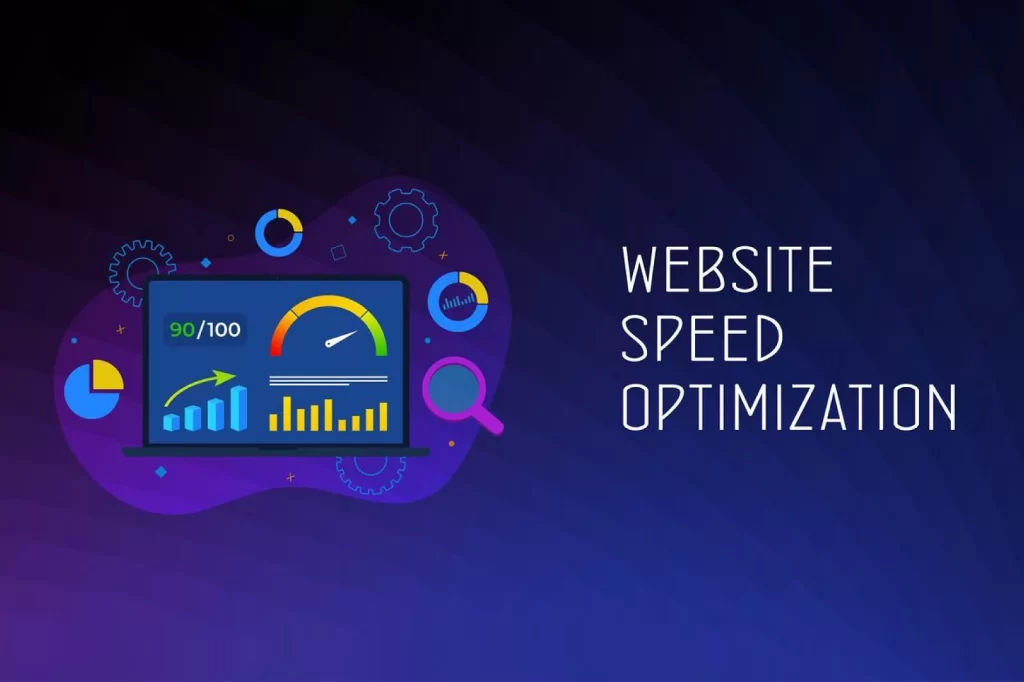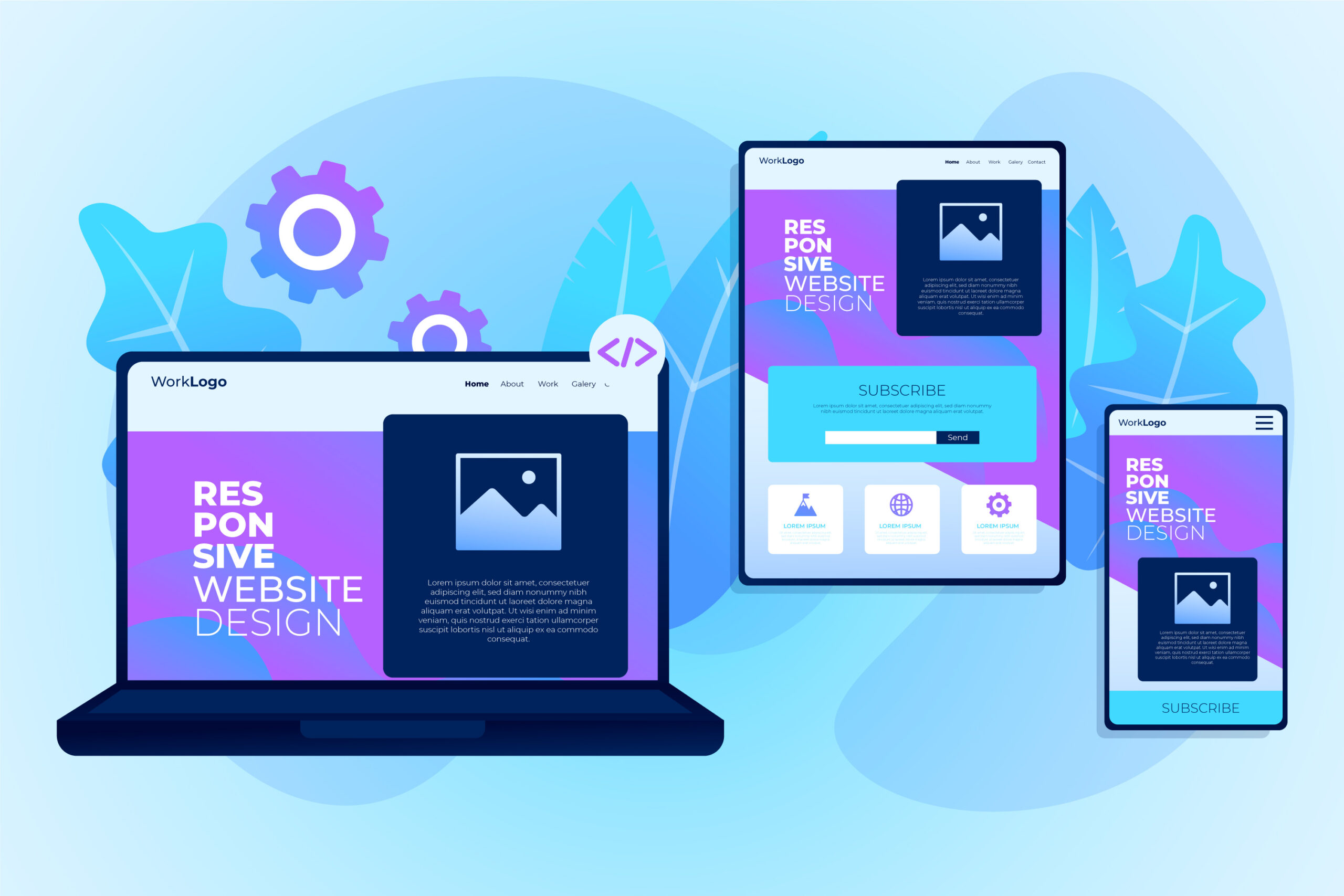Learning the 5 Essential Web Designing Concepts for Beautiful Websites
Having an attractive website is essential for drawing in and keeping visitors in the digital age, when attention spans are short and competition is intense. Web designing concepts is about providing an experience that engages users and guides them toward the activities you want them to take, not just about looking good. It is crucial to grasp fundamental web designing concepts in order to accomplish this. The following five essential ideas will help you take your website from average to outstanding:
Table of Contents

Designing with responsiveness:
In the multi-device world of today, a one-size-fits-all strategy is no longer adequate. Your website will function flawlessly across a range of screen sizes, including computers, smartphones, and everything in between, thanks to responsive design. This adaptability includes both scaling items and tailoring the user experience to each device’s specifications. Using fluid images, CSS media queries, and adaptable grids and layouts are all part of implementing responsive design. Adopting responsive design increases customer happiness and retention by guaranteeing that your website looks and performs flawlessly on any device.

Sense-Based Navigation:
Users should be able to easily and intuitively navigate a website. Like a clear roadmap, well-defined navigation directs users to their destinations with ease. In order to provide intuitive navigation, information must be arranged strategically, recognizable navigation patterns like menus and breadcrumbs must be used, and consistency must be maintained between pages. Furthermore, users can find interactive items more quickly if visual signals like hover effects and contrasting colors are used. Making easy navigation a top priority enables customers to navigate your website with ease, increasing user engagement and conversions.

An Eye-Catching Visual Structure:
The positioning and display of elements to direct the user’s gaze and convey the relative importance of each element is known as visual hierarchy. You may increase usability and conversion rates by using visual hierarchy to draw visitors’ attention to important content and calls to action. To create a distinct hierarchy of information, use design elements like font, color, size, and contrast. Important messages are emphasized, for example, when headlines use bolder fonts and colors and body content is more subdued. You may design aesthetically appealing websites that clearly convey your brand’s message and products by grasping visual hierarchy.

Optimized Speed of Loading:
Users expect websites to load nearly instantly in today’s fast-paced society. In addition to annoying users, slow loading pages degrade search engine rankings. Many strategies are used to maximize loading speed, including reducing the number of HTTP requests, making use of browser caching, reducing the size of pictures, and using asynchronous loading for items that are not absolutely necessary. Performance bottlenecks can be found and improvements can be suggested with the use of tools like Google’s PageSpeed Insights. Giving loading speed first priority gives users a smooth surfing experience, which increases user engagement and retention.

Designing with accessibility in mind:
Making sure that everyone, including those with impairments, can view, comprehend, navigate, and engage with your website efficiently is the goal of accessibility. Using accessible design techniques not only increases the size of your audience but also complies with legal and ethical requirements. One of the main tenets of accessible design is to use semantic HTML markup, make sure keyboard navigation works, provide alternative text for images, and use enough contrast in your design. Potential barriers can be found and removed with the use of user testing and accessibility audits conducted with a variety of groups. Adopting accessible design makes your website more user-friendly for everyone and shows that you value diversity.

Web Designing Concepts:
To build beautiful websites that capture and engage consumers, one must grasp these five fundamental web designing concepts: responsive design, intuitive navigation, compelling visual hierarchy, efficient loading speed, and accessible design. Brilliko Institute of Multimedia on provides knowledge about Web Designing Concepts. These guidelines can help you improve user experience, increase conversions, and build a powerful online presence in your site design process. Recall that the secret to success is not only putting these ideas into practice but also continuously improving and modifying them to take into account changing consumer requirements and technical breakthroughs.




